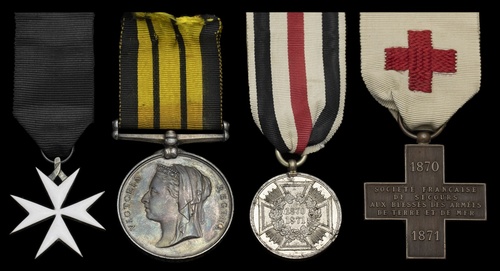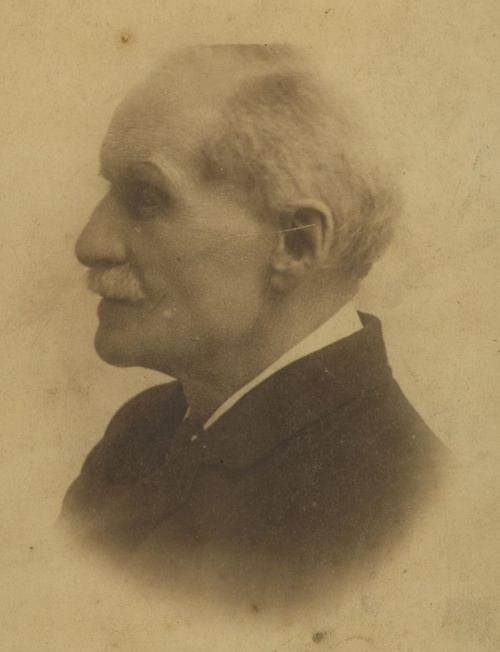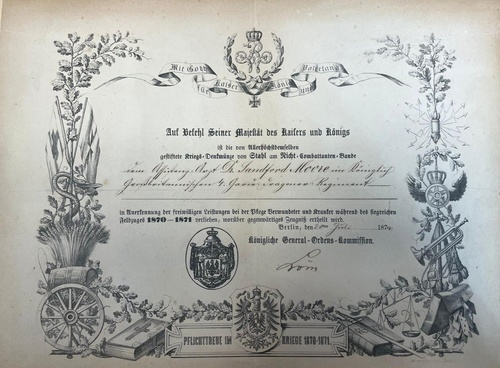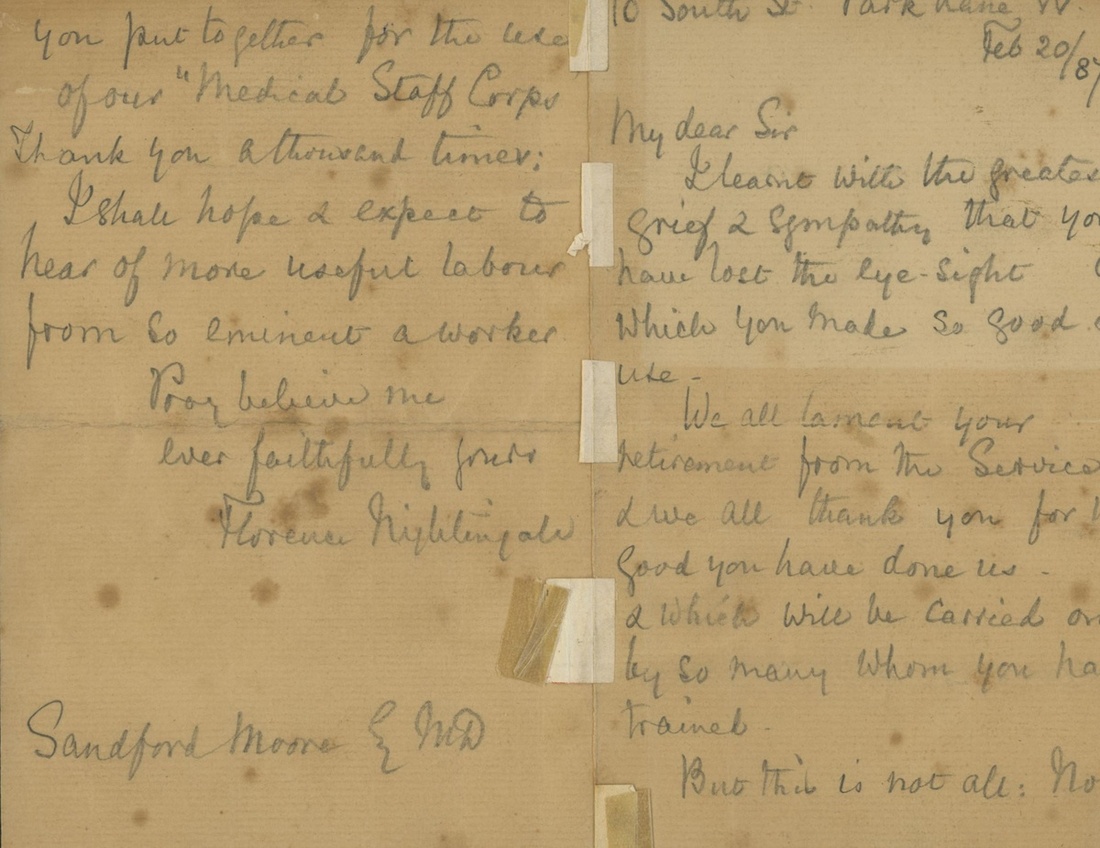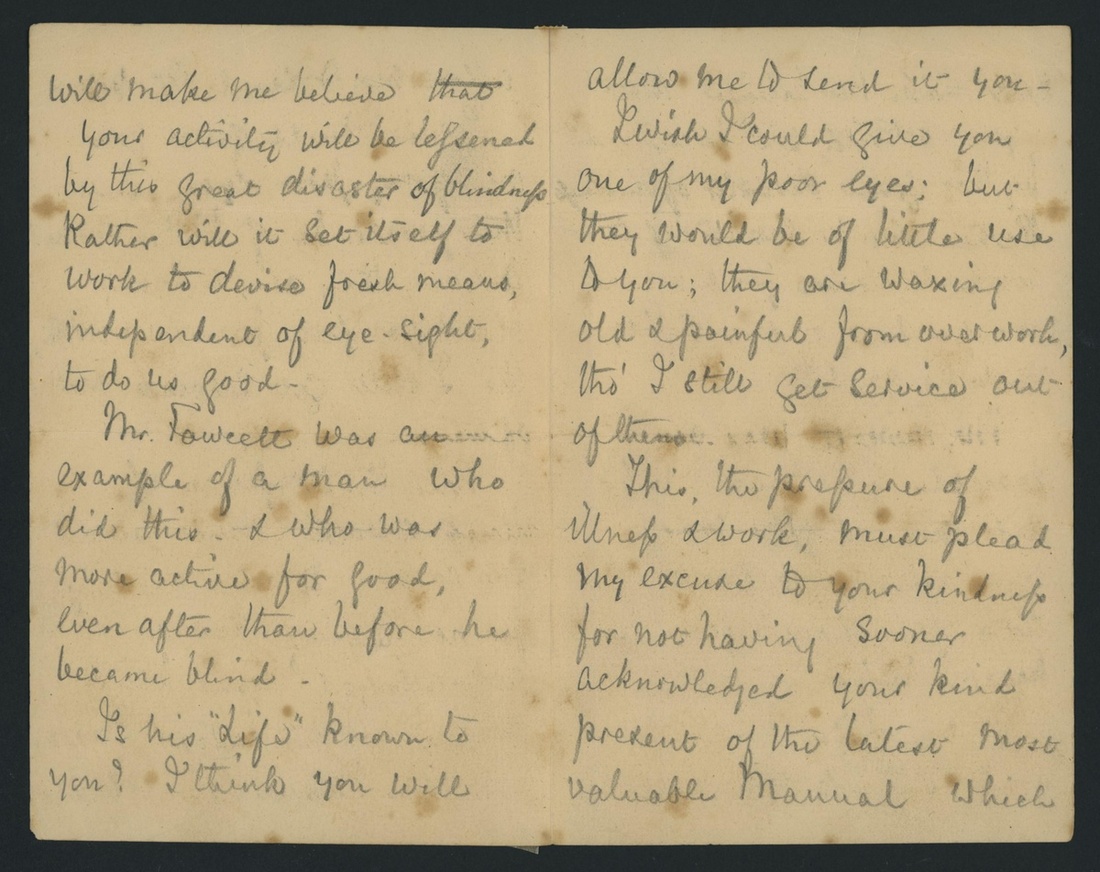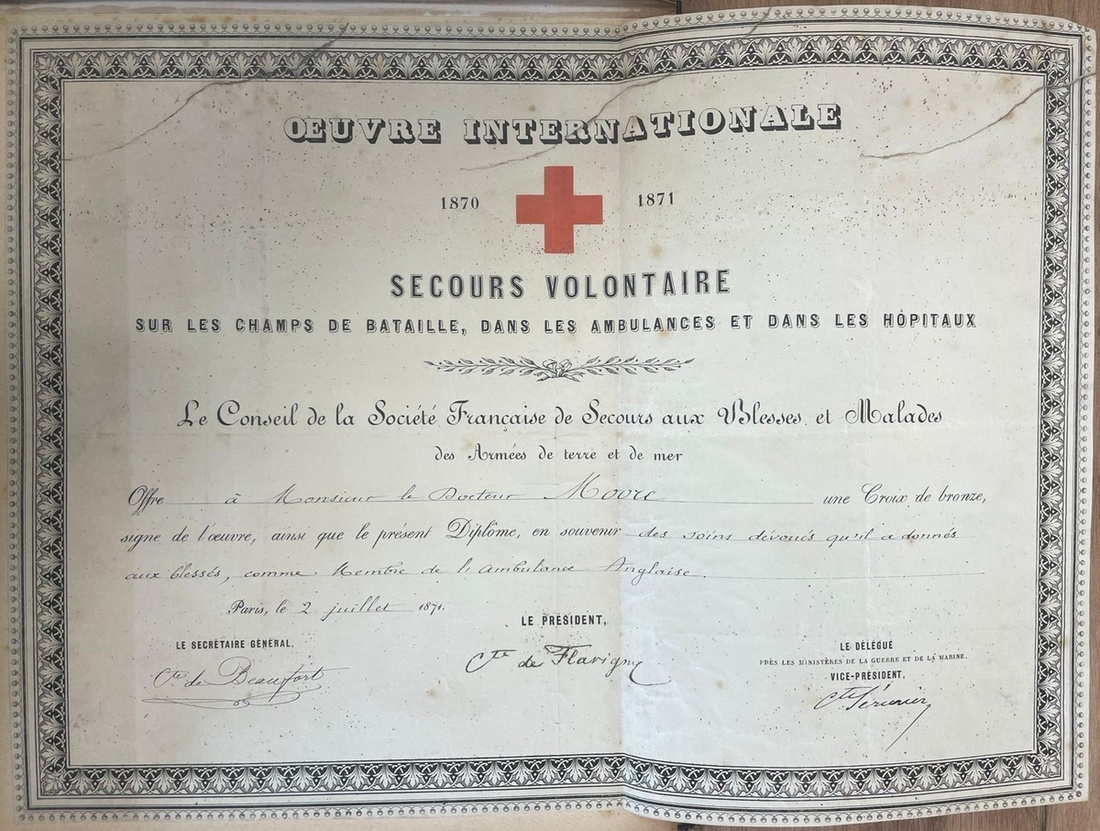Auction: 24003 - Orders, Decorations and Medals
Lot: 185
'We all lament your retirement from the Service; & we all thank you for the good work you have done us & which will be carried on by so many whom you have trained. But this is not all: nothing will make me believe your activity will be lessened by this great disaster of blindness. Rather will it set itself to work to devise fresh means, independent of eye-sight, to do us good...I shall hope & expect to hear of more useful labour from so eminent a worker.
Pray believe me, ever faithfully yours,
Florence Nightingale'
The historically important Order of St. John and Franco-Prussian War group of four awarded to Surgeon Lieutenant-Colonel S. Moore, late Assistant-Surgeon 4th Dragoon Guards, who tragically lost his sight but continued working in military medical matters for decades thereafter, becoming known as 'The Father of the R.A.M.C.' - the original letter from Nightingale accompanies the Lot
The Most Venerable Order of St. John of Jerusalem, a very early Associate's badge, silver and enamel, top suspension with entwined loop, scarce; Ashantee 1873-74, no clasp (Surgeon, S. Moore, 1873-4.); Germany, Prussia, War Commemorative Medal 1870-71, non-combatant's issue, steel; France, Cross of the French Society for the Aid of Wounded Military 1870-71, bronze; about extremely fine (4)
Sandford Moore was born in 1844 in County Longford, Ireland. His initial exposure to the military was a brief stint with the Royal Navy, which he entered on 3 October 1861. Moore served as a Midshipman aboard the Agincourt during her voyage to Melbourne and was discharged the next year on 3 July 1862 at London, aged 18 years.
After his brief time in the Navy, Moore began his medical career and studied medicine at Trinity College Dublin, and received a scholarship from the University. One of his professors provided him with a reference letter in July 1865 stating that he is 'very competent to act as medical officer of a ship', perhaps pointing to Moore's intent to return to the Navy.
Rather than returning to sea, the next year on 2 October 1866 Moore received his commission as an Assistant Surgeon in the Army Medical Department. In 1870, he was serving as the Assistant Surgeon of the 4th Dragoon Guards when he was invited to serve with the Red Cross ambulance in France for the Franco-Prussian War. He reported to the first Red Cross depot in England, and soon after embarked for the continent.
At the time, no English-language regulations existed for stretcher-bearer or ambulance operations, though they would later be written by Moore himself. This was also the first English Red Cross ambulance to be posted to France. Moore must have realised the importance of this appointment, as he started keeping a diary just prior to his arrival in Le Havre. His first entry is dated 13 October 1870, and details the start of his journey sailing to France from Woolwich aboard the steamer John Bull. He gives a detailed account of his movements and the training operations they undertook in France. The English Red Cross was escorted to the Le Havre station by the mayor and the town citizens with great ceremony. They then entrained for Rouen, marched through Normandy to Paris, and established a base hospital at St. Germain.
As part of the English Red Cross, Moore taught the European medical officers how to drive and harness horses for the ambulance wagons and how to operate stretcher-bearers. Moore became attached to the 11th Army Corps, and with them studied how to best remove the wounded from the line of fire. Moore frequently bemoaned the divided responsibility between surgeons and commanders as a cause of friction, and would campaign for surgeons to have control over their medical officers in the field. In March 1871 came the Armistice, and Moore's determination that the English Army 'should have an organisation for removing the wounded…that is to say without division of responsibility, and that the surgeons should be given command of the men, whom they had trained and for whose movements in the field they were responsible.'
Moore was commissioned Surgeon on 1 March 1873 and the next year in 1874 served in the Ashanti Campaign under General Sir Garnet Wolseley. Moore kept another diary of his experience along the coast of Africa, and his voyage to Cape Coast Castle in modern-day Ghana. As a reward for his participation in the campaign, Moore was made Instructor of the Army Hospital Corps Depot and Training School at Netley, finally giving him the opportunity of putting his many ideas into practice. Moore removed both the Depot and the School to Aldershot, where they remained. At the time, the Royal Army Medical Corps did not yet exist, instead being split up into two separate organisations: the Army Hospital Corps and the Army Medical Department. Moore was tasked with training 1,500 medical officers, and he established regulatory procedures for the training of stretcher-bearers with the publication of 'Instructions for Military Surgeons in Training Sick-Bearers' in 1876 and 'Manual of Exercises for Stretcher-Bearers and Bearer-Companies' in 1877.
The Order of St. John made Moore an honorary associate on 9 May 1876, as well as a member of the original Central Executive Committee of the Order's Ambulance Association. It was through the committee that he was first introduced to the famed Florence Nightingale.
In 1877 medical officers were given by Royal Warrant the command of men in the corps and patients in hospitals, an issue which had been raised by Moore from his experience in the Franco-Prussian War. From 2 October 1878, Moore became Surgeon Major in the Land Forces and Commandant of the Depot and Training School and thus became the 'first medical officer to command his men marching past'. Moore established a Mess at the Depot which helped to forge an esprit de corps among the men. During his time as Commandant, Moore also gave frequent lectures before the public on the urgent necessity of organising the medical service as a corps.
Tragically, in 1886 Moore went completely blind - caused by 'overstrain' from his profession - and retired the next year on 22 January 1887 with the honorary rank of Brigade-Surgeon. Florence Nightingale personally wrote a letter of condolence to him on this occasion, an excerpt of which is reproduced in the title.
Moore was married to Elizabeth Annie Grainger on 17 July 1890 at Killiney Church, Dublin. The officers of the Army Medical Staff presented him with a silver salver upon the occasion as, according to the accompanying letter, 'a token of the high esteem and regard in which you are held by your brother officers…as a mark of our appreciation of all you have accomplished in the interests of the Army Medical Staff that we embrace this opportunity of conveying to you our congratulations and thanks.' The 1901 Census of Ireland records the couple living at Killiney, Dublin with their two servants. Elizabeth was to later die on 27 March 1918 at Shankill, Dublin, with Moore installing electric lights at Rathmichael Parish Church in her memory.
Moore became known as the 'father of the R.A.M.C.' with the Corps' establishment in 1898 and continued giving lectures and attending dinners well into his eighties. His portrait features on a bronze tablet in the R.A.M. College in London, crafted circa 1921 to commemorate the men central in the formation of the R.A.M.C.. Moore died 27 August 1932 at the age of 89 at Woodbank, Shankill, in Dublin.
Sold together with an inventory containing:
i)
Scrapbook containing a wealth of original letters and documents including:
a) Handwritten and signed letter to the recipient from Florence Nightingale
b) Prussian document for award of War Commemorative Medal 1870-71
c) French document for award of Cross of the French Society for the Aid of Wounded Military 1870-71
d) Photograph of the recipient
e) Royal Navy certificate as a Midshipman, July 1862
f) Commissions as Assistant Surgeon, 1867; Surgeon Major, 1878
ii)
Handwritten diary from 1870-71 covering his time in the Franco-Prussian War
iii)
Handwritten diary from 1873 of his voyage to Cape Coast Castle on the African Gold Coast during the Ashanti Campaign
iv)
Original 20th century booklet 'A Short History of the Royal Army Medical Corps'
v)
The June 1919 edition of Cornhill Magazine, which features an article on Moore entitled 'The Father of the R.A.M.C.'
vi)
Original 1877 copy of book 'Manual of Exercises for Stretcher-Bearers and Bearer-Companies' written by Moore, detailing training, exercise, and proper operations
vii)
Original 1876 copy of booklet 'Prussian War Office: Instructions for Military Surgeons in Training Sick-Bearers' written by Moore, detailing training and the proper handling and care of the sick, including resuscitation methods
Subject to 20% VAT on Buyer’s Premium. For more information please view Terms and Conditions for Buyers.
Sold for
£2,300
Starting price
£950

